Buy/Drive/Burn: Alternative Japanese Minivans From 1997

In the first van edition of Buy/Drive/Burn, we inquired which luxurious minivan from 1994 you’d relegate to each category. Using typical One Simple Trick methodology, I lured everyone in with a picture of the Previa (above). Then, when the Previa was not a choice in the transportation trio, you all doused me in Haterade.
Well, here you go. Import vans — including the Toyota Previa. Douse me in clicks!
All of our 1997 contestants today are considered alternative minivans. In ’90s guise, no member of this group ever made a huge dent in the oligarchy controlled by Ford, Chrysler, and GM. In 1997, each of these vehicles were near the end of their respective iterations, and each was about to achieve more success by losing some quirkiness and picking up more conventional qualities. Get ’em while you can. Note: All of these are two-wheel drive and automatic.
Mazda MPV
The first generation MPV had a very long lifespan, offered in North America between 1989 and 1999. Based on a Japanese luxury model called the Luce (you’d know it as a 929), the MPV featured rear-drive (real 4WD optional) and a smooth V6 engine in upper trims. The MPV had an optional bench seat for middle row passengers, meaning full eight-person seating was possible, rather than seven in other vans. Biggest disadvantage: No sliding doors. Originally a three-door, another door was added to the driver’s side in 1996. Entry and egress was still less than ideal for rear seat passengers.
Honda Odyssey
The Odyssey was (and is) Honda’s only foray into the minivan market in North America. Debuting in 1995, the Odyssey utilized the Accord’s platform and inline-four engines. Seating configuration was for either six or seven persons (2-3-2 or 2-2-2). ABS and dual airbags were standard, as was dual-zone climate control. Honda spent extra time engineering a third row seat which folded flat into the floor. Isuzu also had a turn selling the Odyssey, as the oft-forgotten Oasis. Biggest disadvantage: Seating for seven was only available in the lower trim LX. The EX came with the power equipment families wanted, but only six seats.
Toyota Previa
Noticing the scale of the minivan market in the United States, Toyota wanted a piece. The company brought its new JDM Previa minivan to market for model year 1991, taking the place of the boxy and rather dynamically challenged Van. The Previa stuck to the same formula as the Van, though: rear-drive (AWD optional) and engine in the middle, underneath the front seats. Starting in 1995, all models featured a supercharged 2.4-liter inline-four. 1997 was the last year for the Previa in the US market.
Toyota had been readying the Camry-platform Sienna to take over, which would prove much more suited to American tastes. Biggest disadvantage: The mid-engine layout did not allow room for a V6, and even supercharged engines only provided 158 horsepower for the heavy, expensive Previa.
So there you have it. Three Japanese vans, each with a flavor that wasn’t quite what the American market wanted. Which one depletes your bank account, and which one becomes a hot mess?
[Images: Toyota, IIHS, Honda]

Interested in lots of cars and their various historical contexts. Started writing articles for TTAC in late 2016, when my first posts were QOTDs. From there I started a few new series like Rare Rides, Buy/Drive/Burn, Abandoned History, and most recently Rare Rides Icons. Operating from a home base in Cincinnati, Ohio, a relative auto journalist dead zone. Many of my articles are prompted by something I'll see on social media that sparks my interest and causes me to research. Finding articles and information from the early days of the internet and beyond that covers the little details lost to time: trim packages, color and wheel choices, interior fabrics. Beyond those, I'm fascinated by automotive industry experiments, both failures and successes. Lately I've taken an interest in AI, and generating "what if" type images for car models long dead. Reincarnating a modern Toyota Paseo, Lincoln Mark IX, or Isuzu Trooper through a text prompt is fun. Fun to post them on Twitter too, and watch people overreact. To that end, the social media I use most is Twitter, @CoreyLewis86. I also contribute pieces for Forbes Wheels and Forbes Home.
More by Corey Lewis
Latest Car Reviews
Read moreLatest Product Reviews
Read moreRecent Comments
- VoGhost Just reminding us all that we have to tolerate dealers (many of whom are billionaires) in the US if we want new legacy ICE vehicles because the dealers pay for the campaigns of local politicians, with our money.
- 1995 SC I'm still trying to get past the fact that the Red Bull guy is married to a Spice Girl.
- Ravenuer Not into F1. Started watching NASCAR back when they raced actual cars. (yeah I'm that old). Not any more. They aren't "stock cars" now. Not even close. Even drag races don't interest me anymore. Races are over in 3 seconds.
- Wjtinfwb No confusion on my end, Ghost. The Government has zero role in job creation outside of the legitimate opportunities' created by Government going about it's responsibilities, namely keeping the American people and territory safe from foreign intrusion. Of course, they're failing epically at that but that's a different topic. The American free enterprise system is what enables job creation. Government's role is to stay out of the way of that system, but they seem incapable of doing so. Oil & Gas exploration is just one example. If a National Job Policy is what you're looking for, there are other countries that will be happy to accept your application for residency.
- Michael Smith I drive 100-300 miles a day in new BMWs, Mercedes-Benzes, and GM SUVs. Some are already equipped with automatic braking.It's the first thing I turn off when I start the car.I've had experiences where (as the author notes) the system gave false alarms and stabbed the brake pedal, threatening my ability to control the car.Further, every driver encounters situations where, for example, legal following distance must be momentarily compromised in order to avoid a difficult situation. When the system intervenes, it disrupts the driver's plan of action. This can lead to a collision as the driver has to suddenly react not to his surroundings, but to the system.Not only is automatic braking an insult to skilled drivers, it's dangerous to everyone.




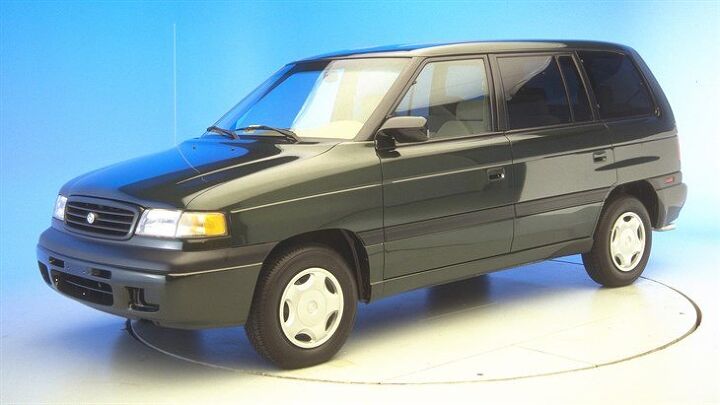

















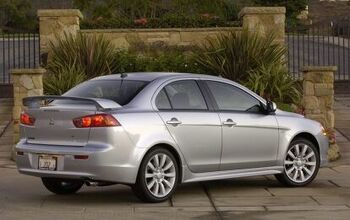
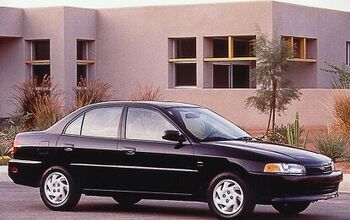
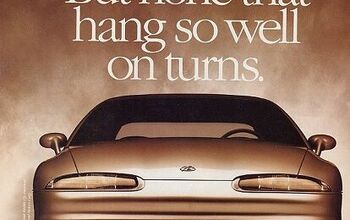
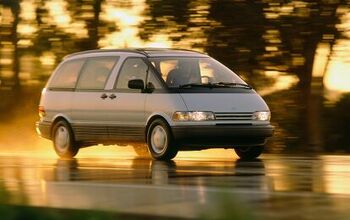

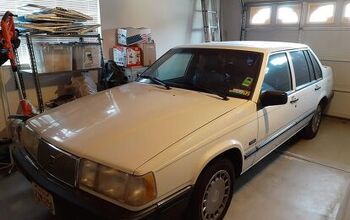

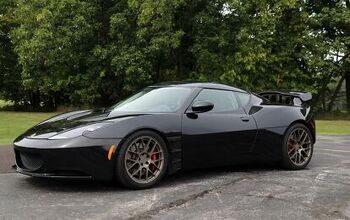
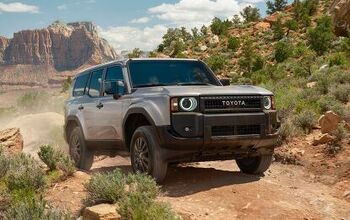


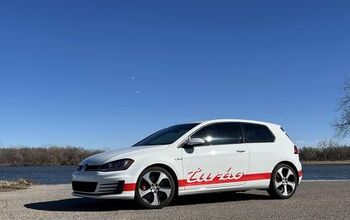
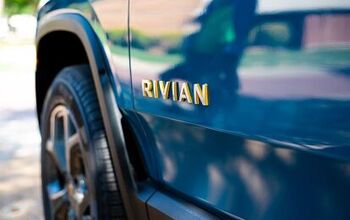
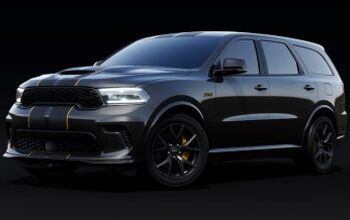

Comments
Join the conversation
Dang I'm traveling for work and missed this! I'll make sure to chime in this evening. I will pre-emptively take issue with you restricting to RWD only! Many folks living in snow-country, that availability made all the difference in a buying decision. MPVs particularly, I don't know the actual numbers but anecdotal evidence suggests the percent sold in the last few years ('96+ with 4 doors) that was optioned with AWD was very high indeed. Ditto the Previa.
IS the Mazda a Minivan? RWD/AWD, no sliding doors... Is that an SUV/CUV?